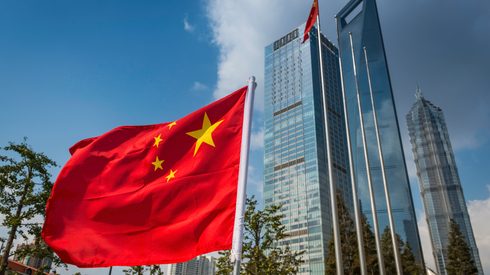These expectations of increased demand have resulted in market participants taking greater interest in the global nickel price disparities for nickel sulfate.
At present, in the third quarter of 2023, nickel sulfate production and consumption are heavily weighted toward east Asia, with China being the largest market, followed by Japan and South Korea.
Sulfate can be produced by several different methods, from dissolution of nickel metal to the refinement of class 2 nickel products such as mixed hydroxide precipitate (MHP) or nickel matte.
Although producers of sulfate in China have almost entirely switched to the use of MHP or matte for sulfate production, many outside of China still use nickel metal dissolution.
This difference in production routes, as well as differences in consumer priorities in the West, have led to an increased divergence in prices for nickel sulfate.
Price divergence is not a new trend in the global nickel market, with many nickel products showing significant differences in price depending on region.
The most obvious reflection of this trend is in class 1 nickel metal products, which are typically priced as a premium to the London Metal Exchange nickel cash official price, which remains the benchmark for the global industry.
For nickel briquettes, Fastmarkets sees a significant spread between regions. On Tuesday August 29, Fastmarkets assessed the nickel min 99.8% briquette premium, cif Shanghai, at $0-130 per tonne. This compared with Europe, where Fastmarkets assessed the nickel briquette premium, in-whs Rotterdam, at $300-550 per tonne on the same day.
But both these premiums were dwarfed by premiums in the US, where Fastmarkets assessed the nickel briquette premium, delivered Midwest US, at 70-85 cents per lb, also on August 29.
Given the use of nickel briquettes for dissolution to produce nickel sulfate, this highlights where further gaps can emerge in the battery-grade nickel market.
More production
Although production and consumption of nickel sulfate within Europe is limited to a handful of market participants, this number is expected to grow significantly, with several key companies investing in the development of capacity within the region.
“Though the market is small today, it remains a key strategic area for us, with demand set to rise significantly,” one producer said.
In the inaugural publication of a new assessment, Fastmarkets calculated the nickel sulfate premium, in-whs Rotterdam, at $2,400 per tonne on Friday September 1.
This figure contrasted with CIF-basis premiums in East Asia, which are around $1,000 per tonne lower, Fastmarkets understands.
Fastmarkets assessed the weekly nickel sulfate premium, cif Japan and Korea, at $1,400 per tonne on September 1, unchanged since July 14.
Weaker nickel sulfate prices in the domestic Chinese market resulted in aggressive bids from consumers in the region, including a discount of as much as $1,500 per tonne, although no business was confirmed at such levels.
Market participants argued that the price gap between Europe and Asia is a natural feature, when considering the additional costs.
“Due to the small pool of domestic producers, consumers may turn to imports, in which case you have to factor-in the duties,” the producer told Fastmarkets.
Strong growth forecasts
Fastmarkets research currently forecasts that demand for electric vehicles will show compound annual growth of 12% over the next decade, taking demand to 790GWh in 2033 from the current 259GWh.
This would compare with a global forecast growth rate of 16% from 2023 to 2033.
Nickel sulfate is a key component in the cathodes of many lithium-ion batteries, particularly those used in electric vehicles.
Nickel is used in batteries to provide greater energy density, improving charging times as well as range, which often are key concerns for consumers in the European market.
At present, the lithium-ion battery sector represents around 10% of global nickel demand, although this is likely to increase to 25% within a decade, according to Fastmarkets research.
This expected growth will result in increased demand for battery raw materials from the region, particularly with governments seeking to encourage the localization of supply chains.
Battery-grade nickel was included in the list of strategic metals specified in the EU’s Critical Raw Materials Act (CRMA), alongside 19 other strategic raw materials.
As a result, the material is now subject to production targets in the EU to provide greater security of supply.
Keep up to date with the latest news and insights on our dedicated battery materials market page.






